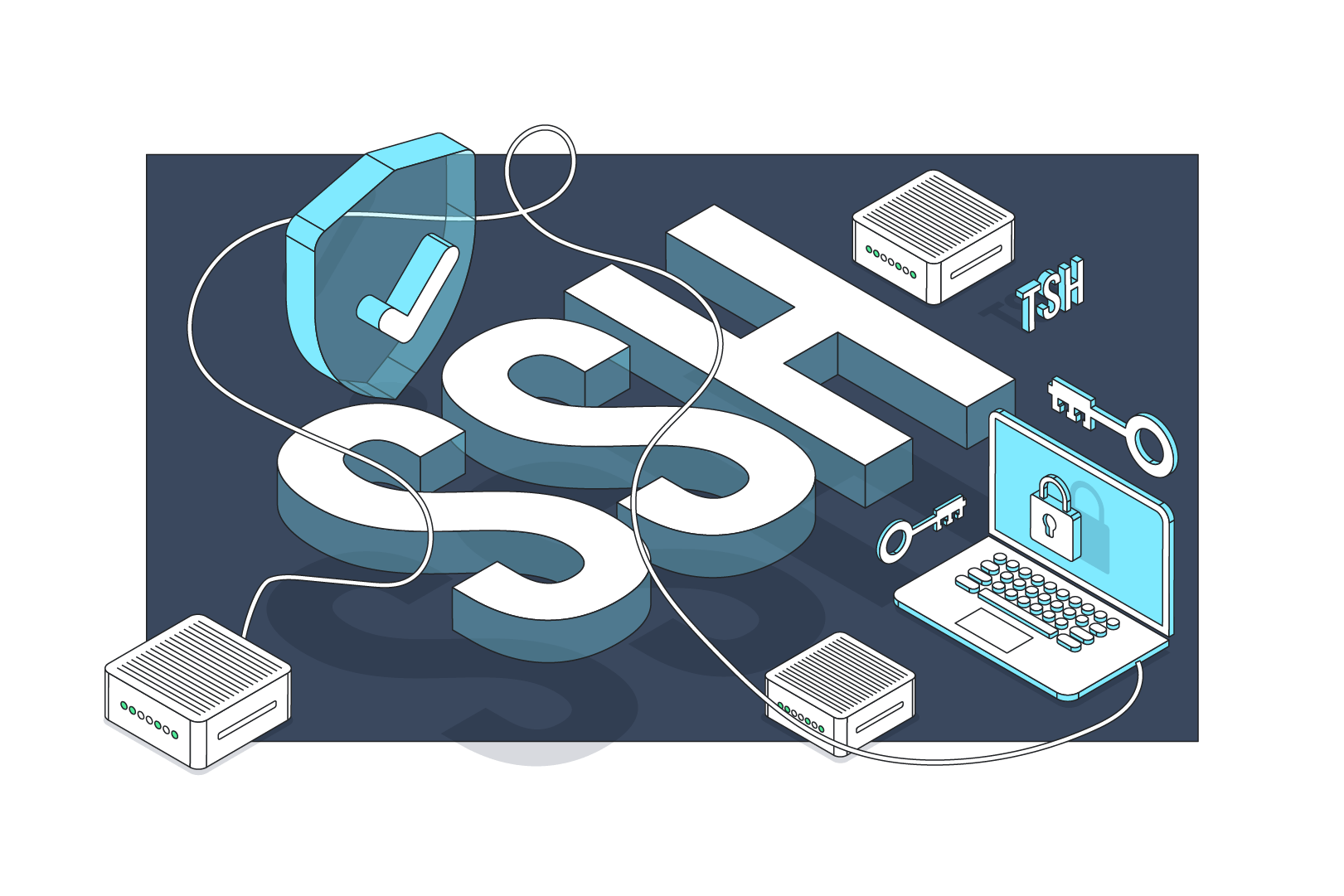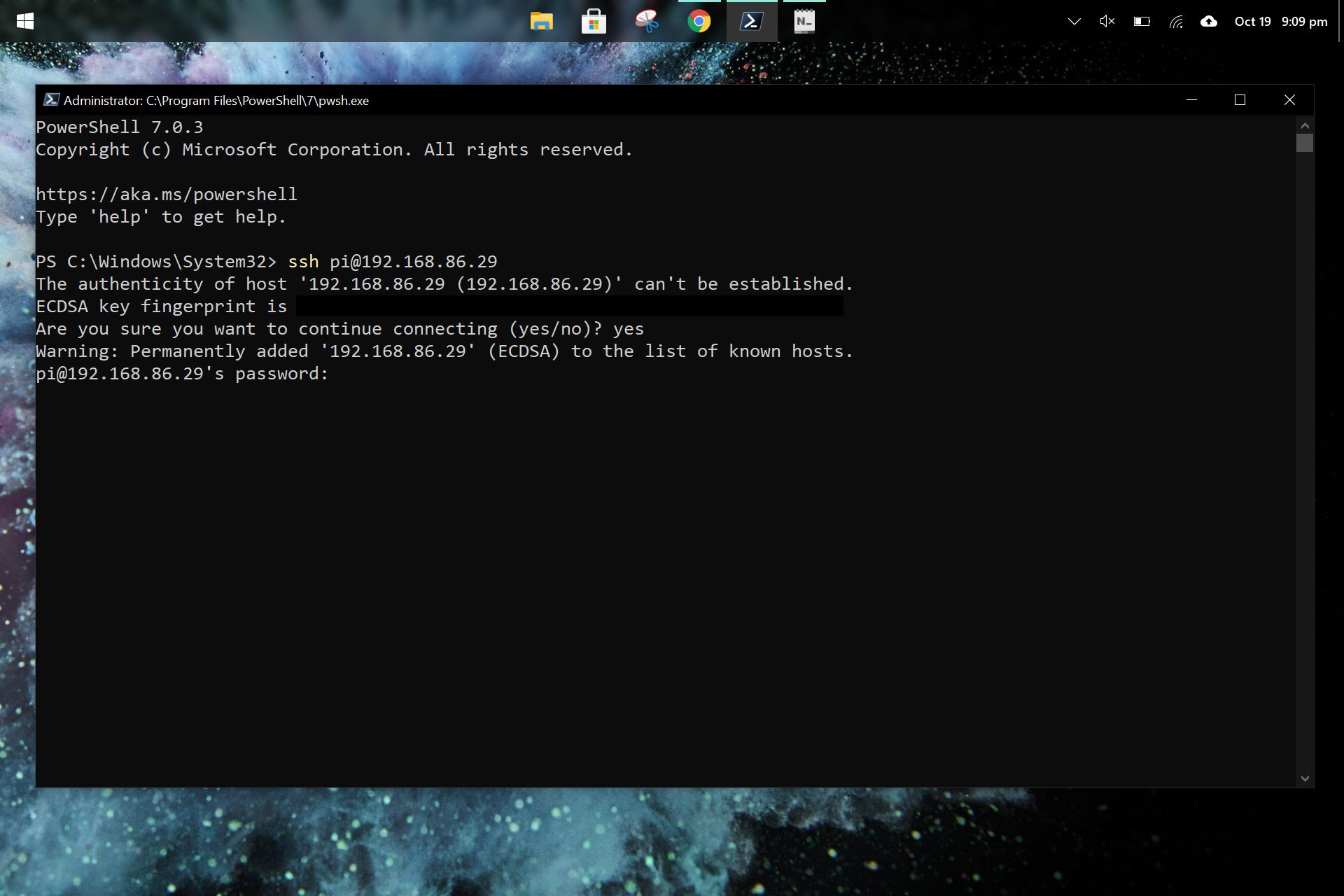Hey there, tech enthusiasts! Let’s dive straight into something super exciting and game-changing in the world of tech. RemoteIoT web SSH is not just another buzzword—it’s a powerhouse solution that’s transforming the way we interact with IoT devices remotely. Imagine being able to control, monitor, and manage your IoT setups from anywhere in the world with just a browser. Sounds futuristic, right? Well, it’s happening right now, and you’re about to discover how this cutting-edge technology is revolutionizing industries.
Whether you're an IT pro, a curious hobbyist, or someone exploring the vast potential of IoT, understanding remoteIoT web SSH can unlock doors you never knew existed. This isn’t just about tech—it’s about efficiency, security, and the future of connectivity. So, buckle up because we’re about to take a deep dive into this incredible world of remote access solutions.
Let’s break down what remoteIoT web SSH is, why it matters, and how you can harness its power. By the end of this guide, you’ll be equipped with all the knowledge you need to make informed decisions. Ready? Let’s get started!
- Revolutionizing Remote Access Secure Iot Web Ssh On Raspberry Pi
- The Global Phenomenon Of Xvideos A Deep Dive Into The Worlds Most Visited Adult Site
Table of Contents
- What is RemoteIoT Web SSH?
- Benefits of RemoteIoT Web SSH
- How Does It Work?
- Security Considerations
- Tools and Platforms for RemoteIoT SSH
- Common Use Cases
- Best Practices
- Troubleshooting Tips
- The Future of RemoteIoT Web SSH
- Conclusion
What is RemoteIoT Web SSH?
Alright, let’s start with the basics. RemoteIoT web SSH is essentially a method to access and control IoT devices remotely through a secure shell (SSH) connection via a web browser. Gone are the days when you needed complex setups or dedicated software to manage your IoT devices. With this tech, all you need is a browser and an internet connection. It’s like giving your IoT setup wings to soar beyond physical boundaries.
SSH itself is a protocol designed for secure communication over unsecured networks. When you combine it with web-based access, you get a powerful tool that ensures both convenience and security. This is particularly important in today’s world where cyber threats are lurking around every corner. RemoteIoT web SSH acts as your digital shield while keeping things smooth and easy to use.
- Unveiling The Future A Comprehensive Dive Into Emerging Technologies And Their Societal Impact
- Revolutionizing Financial Management Mid Oregon Credit Unions Digital Banking Platform
Why Is It Important?
Here’s the thing: IoT is growing at an exponential rate. From smart homes to industrial automation, IoT devices are everywhere. But managing them remotely has always been a challenge. Traditional methods often require clunky setups, extensive configurations, and sometimes even physical access to the devices. RemoteIoT web SSH eliminates these pain points by providing a seamless, secure, and browser-based solution.
Benefits of RemoteIoT Web SSH
Now that we’ve covered the basics, let’s talk about why you should care. The benefits of remoteIoT web SSH are numerous and impactful:
- Convenience: Access your IoT devices from anywhere, anytime, using just a browser.
- Security: Built-in encryption ensures your data remains safe from prying eyes.
- Scalability: Easily manage multiple devices without additional hardware or software.
- Cost-Effective: No need for expensive dedicated servers or complex infrastructure.
- Compatibility: Works with a wide range of IoT devices and platforms.
These advantages make remoteIoT web SSH a no-brainer for anyone looking to streamline their IoT management processes. It’s not just about saving time; it’s about enhancing productivity and ensuring peace of mind.
How Does It Work?
Let’s break down the mechanics behind remoteIoT web SSH. At its core, it works by creating a secure tunnel between your browser and the IoT device you want to access. Here’s how it goes:
- Connection Initiation: You open your browser and enter the URL or IP address of the IoT device.
- Authentication: The system verifies your identity using credentials like usernames, passwords, or even two-factor authentication.
- Secure Tunnel Establishment: An encrypted SSH session is established, ensuring that all communication remains secure.
- Remote Access: Once authenticated, you gain full control over the device through a web-based interface.
It’s like having a virtual control room in your pocket, allowing you to monitor and manage your IoT devices with precision and ease.
Key Components
There are a few key components that make remoteIoT web SSH possible:
- SSH Protocol: The backbone of secure communication.
- Web Interface: A user-friendly interface accessible via browsers.
- Encryption Algorithms: Ensuring data integrity and confidentiality.
Security Considerations
Security is always top of mind when dealing with remote access technologies. While remoteIoT web SSH is inherently secure, there are still some best practices you should follow:
- Use Strong Passwords: Avoid using common or easily guessable passwords.
- Enable Two-Factor Authentication: Add an extra layer of security to your login process.
- Regularly Update Software: Keep your devices and platforms up to date with the latest security patches.
- Limit Access: Restrict access to only authorized users and devices.
By following these guidelines, you can minimize risks and ensure that your IoT setup remains secure.
Common Threats
Some of the common threats to watch out for include:
- Brute Force Attacks: Unauthorized attempts to guess your login credentials.
- Man-in-the-Middle Attacks: Intercepting communication between your browser and the IoT device.
- Malware Infections: Compromising devices with malicious software.
Tools and Platforms for RemoteIoT SSH
There’s a wide range of tools and platforms available to help you implement remoteIoT web SSH. Some popular options include:
- OpenSSH: A widely used open-source SSH server and client.
- WebSSH: A lightweight tool that allows SSH access through a web browser.
- Tailscale: A modern solution that combines SSH with secure networking.
Each of these tools has its own strengths and weaknesses, so it’s important to choose one that aligns with your specific needs and requirements.
Selecting the Right Tool
When choosing a tool or platform, consider factors such as ease of use, compatibility, and scalability. It’s also a good idea to read reviews and consult experts in the field to ensure you’re making the right decision.
Common Use Cases
RemoteIoT web SSH has a wide range of applications across various industries. Here are some common use cases:
- Smart Homes: Remotely control and monitor smart home devices like thermostats, cameras, and lighting systems.
- Industrial Automation: Manage and troubleshoot industrial equipment from a central location.
- Healthcare: Monitor medical devices and ensure they’re functioning optimally.
- Telecommunications: Diagnose and resolve issues in communication networks without physical intervention.
These examples highlight the versatility and potential of remoteIoT web SSH in solving real-world problems.
Best Practices
To get the most out of remoteIoT web SSH, here are some best practices to follow:
- Plan Ahead: Define your requirements and goals before implementation.
- Test Thoroughly: Conduct rigorous testing to ensure everything works as expected.
- Document Everything: Keep detailed records of your configurations and settings.
- Stay Updated: Keep an eye on industry trends and advancements to stay ahead of the curve.
By adhering to these practices, you can optimize your remoteIoT web SSH setup and avoid common pitfalls.
Common Mistakes to Avoid
Some common mistakes to watch out for include:
- Ignoring Security: Failing to implement proper security measures can lead to serious consequences.
- Overcomplicating Things: Simplicity is key—don’t over-engineer your solutions.
- Skipping Documentation: Without proper documentation, troubleshooting can become a nightmare.
Troubleshooting Tips
Even the best-laid plans can hit a snag sometimes. Here are some troubleshooting tips to help you resolve common issues:
- Check Connectivity: Ensure your devices have a stable internet connection.
- Verify Credentials: Double-check your login details for accuracy.
- Review Logs: Analyze system logs to identify potential problems.
These tips can save you a lot of time and frustration when things don’t go as planned.
The Future of RemoteIoT Web SSH
As IoT continues to evolve, so will remoteIoT web SSH. We can expect to see advancements in areas such as:
- AI Integration: Leveraging artificial intelligence to enhance automation and decision-making.
- Quantum Encryption: Using quantum technologies to achieve next-level security.
- Edge Computing: Combining edge computing with SSH for faster and more efficient processing.
The possibilities are endless, and the future looks incredibly bright for remoteIoT web SSH.
What’s Next?
Keep an eye on emerging technologies and trends in the IoT space. By staying informed, you’ll be able to adapt and thrive in this rapidly evolving landscape.
Conclusion
And there you have it—a comprehensive guide to remoteIoT web SSH. From understanding the basics to exploring advanced use cases, we’ve covered everything you need to know. Remember, the key to success lies in combining convenience, security, and scalability. So, whether you’re managing a smart home or overseeing an entire industrial network, remoteIoT web SSH has got you covered.
Don’t forget to share your thoughts and experiences in the comments below. And if you found this guide helpful, be sure to check out our other articles for more tech insights and tips. Until next time, stay curious and keep exploring!
- The Rise Of Jameliz Benitez Smith Authenticity In The Age Of Digital Influence
- Kannada Cinema 2025 A Year Of Unprecedented Growth And Artistic Innovation


